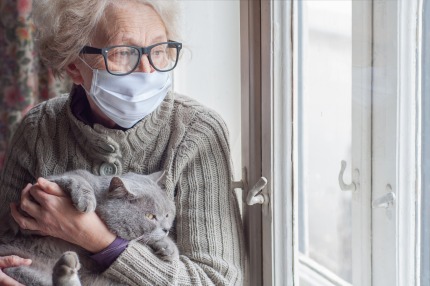Households

In 2020, 10.9 % of the Belgian population was faced with material and social deprivation.
This is what emerged from the new figures of Statbel, the Belgian statistical office. These provisional results come from the 2020 EU-SILC survey. These are the first indicators available on poverty in Belgium for 2020. They will be supplemented in the coming months with monetary indicators.
- Regional differences are significant: 21.7 % of the inhabitants of Brussels were in a precarious situation, compared to 15.5 % of the population in Wallonia and 6.3 % in Flanders.
- In 2020, about one quarter of Belgians were financially unable to face an unexpected expense and 2 % could not afford an Internet connection at home.
- Single parents and their children experienced much more difficulties than the other categories. 27.4 % of them were in a situation of material and social deprivation.
- Furthermore, the share of the population where the household says that it has (great) difficulties to make ends meet is 17 %.
- Finally, 10 % of the population consider that their overall income decreased in 2020 compared to 12 months earlier, and 6 % expect to see their overall income decrease in the next 12 months.
- Compared to the figures of the 2019 EU-SILC survey, the results remain very stable. The impact of the Covid-19 crisis is not perceptible in these subjective indicators.
Percentage of the population in a situation of material and social deprivation
| Material and social deprivation - Belgium | 2019 | 2020* |
|---|---|---|
| Total | 11.0% | 10.9% |
| Per region | ||
| Brussels-Capital Region | 21.2% | 21.7% |
| Flemish Region | 6.5% | 6.3% |
| Walloon Region | 15.9% | 15.5% |
| Per gender | ||
| Men | 10.8% | 10.5% |
| Women | 11.3% | 11.3% |
| Per age group | ||
| 0-17 | 13.1% | 11.8% |
| 18-24 | 8.5% | 10.2% |
| 25-49 | 11.4% | 11.4% |
| 50-64 | 12.7% | 12.7% |
| 65+ | 7.0% | 6.9% |
| Per household type | ||
| 1 adult with child(ren) | 29.7% | 27.4% |
| 2 adults with child(ren) | 8.6% | 9.3% |
| 2 adults without children, at least one 64+ | 4.9% | 4.2% |
| 2 adults without children, < 65 | 8.6% | 8.1% |
| Single | 18.4% | 17.8% |
| Other | 7.6% | 7.5% |
* 2020: provisional figures
